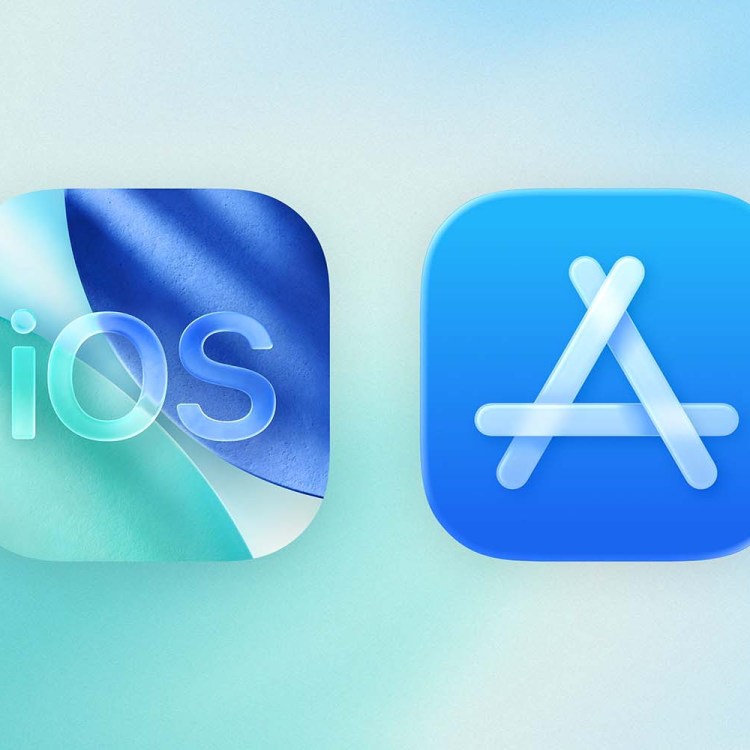If you don’t like your job, just stop doing it.
At least that’s the advice that TikTok-er @zkchillin gave to his followers. “Quiet quitting,” as he describes it in his video that has reached almost 500,000 likes so far, is when “you’re still performing your duties, but you’re no longer subscribing to the hustle culture mentality that work has to be your life…The reality is, it’s not.”
The “quiet quitting” trend comes on the heels of “The Great Resignation,” a pandemic phenomenon where employees realized that they weren’t happy at work, leading to 71.6 million people leaving their jobs between April 2021 and April 2022.
It’s clear that the “hustle” or “grind” mindset isn’t working anymore. People are exhausted. In Gallup’s recent State of the Global Workplace report for 2022, they found that only 21% of employees are engaged at work. On TikTok, users are celebrating the fact that through “quiet quitting” they’re doing their jobs and nothing more. One Twitter poll by Fortune found that 74% of respondents are “quiet quitting” right now.
But that isn’t quitting. It’s just doing the job you were given, instead of going above and beyond for whatever company you work for. That’s not a bad thing. As one user put it, “You don’t really have to go extra above and beyond because the companies really show you no love for doing that.” Without the support of management or rewards for overtime, it’s no wonder that overworked and under-appreciated employees are looking to do the bare minimum.
Other users, while supportive of healthier work-life balances, are also arguing for better communication. User @emily_wuz_here says that while establishing boundaries at work is necessary, “Quiet quitting is literally wasting your time at this company and shooting yourself in the foot.”
“Quiet quitting” and “The Great Resignation” are part of a greater labor movement happening across the country: a rejection of current work practices and a push for healthier work standards during a pandemic where burnout became commonplace. According to APA’s 2021 Work and Well-being Survey, “36% reported cognitive weariness, 32% reported emotional exhaustion and an astounding 44% reported physical fatigue — a 38% increase since 2019.” If quiet quitting is a response to employee dissatisfaction, it’s one that’s been a long time coming, and it certainly won’t end as a TikTok trend.
Thanks for reading InsideHook. Sign up for our daily newsletter and be in the know.



















